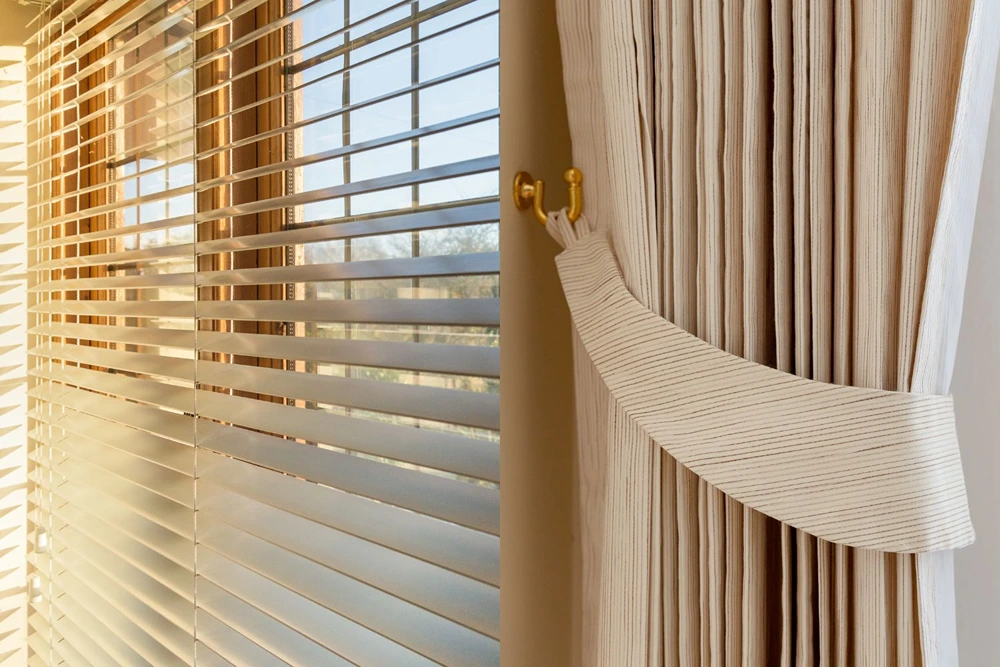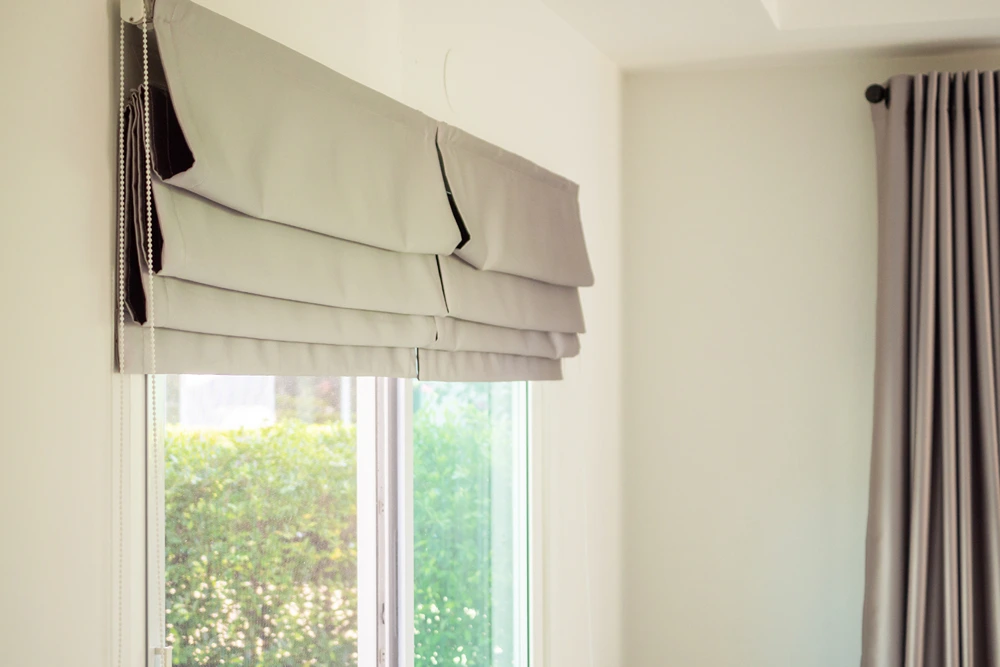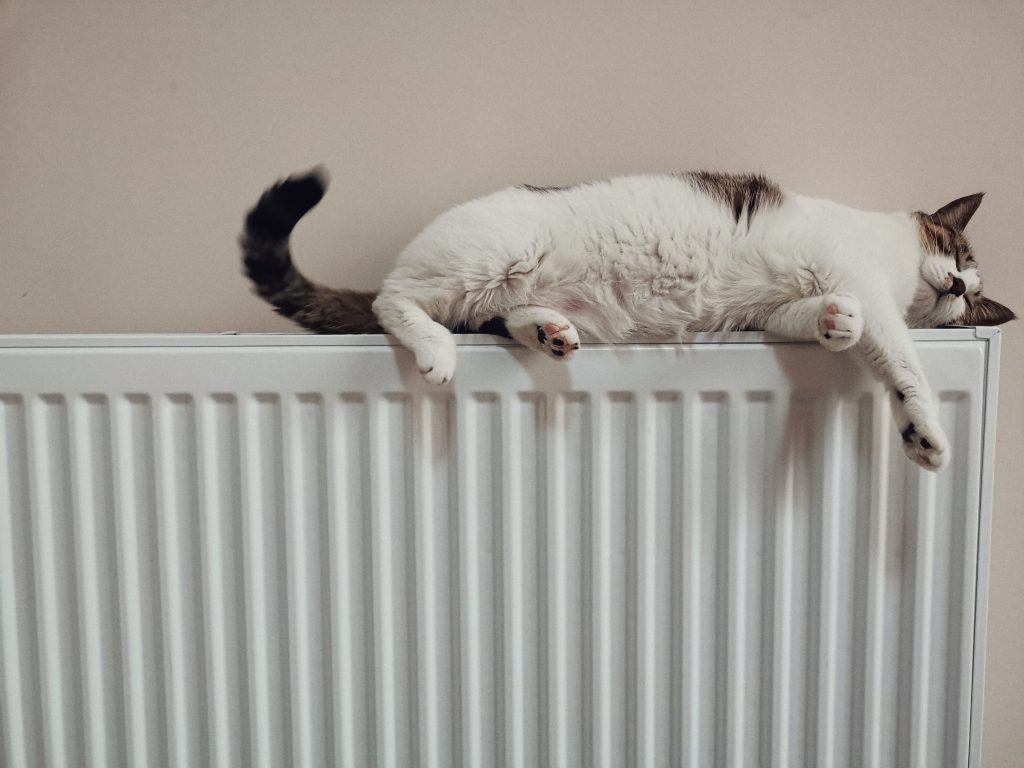Is safety in construction truly an option, or is it a professional necessity? The NEBOSH Health and Safety Management for Construction Certificate is an essential qualification for managers, supervisors, and site workers within the UK construction industry. With global recognition and alignment with UK Health and Safety Executive guidance, this course not only covers critical health and safety topics but also delves into environmental management, communication skills, risk management, and sustainability. This article explores how this qualification can elevate skills and improve safety standards across construction sites, offering a pathway to career advancement and industry respect.
Overview of NEBOSH Health and Safety Management for Construction
The NEBOSH Health and Safety Management for Construction Certificate serves as a pivotal qualification for managers, supervisors, and site workers in the UK’s construction industry. This course is meticulously aligned with the UK’s Health and Safety Executive (HSE) guidance, ensuring it meets the stringent standards and expectations required in the sector. Its global availability in over 50 countries underscores its recognition and respectability in the field of construction safety. By equipping professionals with comprehensive knowledge and skills, the course plays a crucial role in fostering safer working environments and enhancing overall industry standards.
The course content is robust, covering an array of topics essential for effective health and safety management in construction. Participants will delve into areas such as health and safety protocols, environmental management strategies, and effective communication skills. The curriculum also addresses risk management techniques and sustainability practices, ensuring that delegates are well-prepared to tackle contemporary challenges in construction safety. By focusing on these critical areas, the course empowers construction professionals to significantly improve safety outcomes on their sites, ultimately contributing to a reduction in workplace incidents and promoting a culture of safety.
- Health and safety fundamentals
- Environmental management practices
- Communication skills for safety leadership
- Risk management and mitigation strategies
- Sustainability in construction safety management
Benefits and Relevance for Construction Professionals
How does the NEBOSH Health and Safety Management for Construction certification improve workplace productivity? The answer lies in its comprehensive training, which equips professionals with the knowledge to significantly reduce illness and injury-related absences. By fostering a safer working environment, construction sites can operate more efficiently, minimising disruptions and maintaining project timelines. This certification ensures that safety protocols are not just theoretical but applied effectively, leading to smoother operations and enhanced productivity across the board.
What are the career advancement opportunities associated with the NEBOSH Health and Safety Management for Construction certification? For construction professionals, this qualification opens doors to numerous roles within health and safety management. Its focus on practical application prepares individuals for leadership positions, where they can influence safety standards and practices. The certification not only enhances one’s skill set but also boosts confidence in managing complex safety scenarios, making it a stepping stone to more senior and specialised roles.
Why is the NEBOSH qualification in high demand and respected within the construction industry? The certification’s alignment with UK Health and Safety Executive (HSE) guidelines makes it a benchmark for industry standards. Its global recognition in over 50 countries signifies its authority and credibility. Employers prioritise candidates with this qualification, acknowledging the rigorous training and expertise it represents. This demand reflects the industry’s commitment to safety excellence, positioning the NEBOSH certification as a pivotal asset for those aspiring to elevate their construction skills.
NEBOSH Health and Safety Management for Construction Syllabus

The NEBOSH Health and Safety Management for Construction course is meticulously designed to cover a comprehensive range of topics essential for the modern construction industry. Aligning with the UK Health and Safety Executive (HSE) guidance, the syllabus integrates fundamental principles of health and safety, environmental management, communication skills, risk management, and sustainability. This ensures that participants are well-prepared to meet industry standards and tackle construction challenges effectively.
Health and Safety
The course delves into essential health and safety principles imperative for construction sites. It covers hazard identification, regulatory compliance, and the application of safety protocols. Participants learn to develop and implement safety plans, emphasising the importance of proactive measures to prevent accidents and injuries. By understanding these core principles, learners enhance their capability to maintain safe working environments.
Environmental Management
Environmental management is a significant component of the syllabus. The course trains delegates to assess and mitigate environmental impacts associated with construction activities. This includes waste management, pollution control, and promoting sustainable practices. The focus on environmental stewardship ensures that construction professionals contribute positively to ecological preservation and regulatory adherence.
Risk Management and Assessments
Risk management strategies form a crucial part of the training. The course introduces the CN1 digital assessment, a scenario-based risk assessment exercise conducted within a 48-hour period. This assessment hones the participants’ ability to identify potential risks and develop effective mitigation strategies. By mastering these skills, learners can confidently manage and minimise risks on construction projects.
- Key health and safety principles for construction
- Environmental impact assessment and management
- Effective communication for safety leadership
- Risk identification and mitigation strategies
- Sustainability practices in construction safety
Course Duration, Costs, and Learning Methods
How long is the NEBOSH Health and Safety Management for Construction course? The course duration varies depending on the learning method selected, but it typically spans several weeks. Participants are encouraged to have a good understanding of English, although prior completion of the NEBOSH General Certificate is not mandatory. This flexibility allows learners to engage with the material at a pace that suits their personal and professional commitments, ensuring they can fully absorb and apply the knowledge gained.
What are the financial considerations for enrolling in the NEBOSH Health and Safety Management for Construction course? The cost of the course starts from £1760.00, excluding VAT. This investment reflects the comprehensive nature of the training and the global recognition the qualification holds. While this fee may seem substantial, the return on investment in terms of career advancement and enhanced safety capabilities in construction is significant. Employers often see the value in supporting their staff in obtaining this qualification, recognising the long-term benefits of improved safety management and reduced workplace incidents.
What learning methods are available for the NEBOSH course? Learners can choose from online, virtual, and classroom settings, offering a range of options to suit different learning styles and schedules. The OnlinePlus+ method provides additional flexibility, enabling candidates to study at their convenience while still benefiting from structured support and resources. This variety ensures that regardless of geographical location or personal circumstances, participants can access high-quality training tailored to the demands of the modern construction industry.
Career Advancement and Accreditation
What accreditation does the NEBOSH Health and Safety Management for Construction course hold? The course is accredited by NEBOSH, IOSH, and IEMA. This prestigious accreditation ensures that the qualification meets high standards and is recognised across the industry. Accreditation by these bodies signifies that the course content is relevant, comprehensive, and aligned with industry expectations. This recognition not only validates the skills and knowledge of those who hold the certification but also enhances their professional credibility and marketability. Employers value these accreditations as they are synonymous with excellence in health and safety training.
How does the NEBOSH Health and Safety Management for Construction certification benefit career advancement? The certification opens up a range of opportunities for career growth within the health and safety management sector, particularly in construction. It equips professionals with the essential skills needed to manage safety effectively, making them suitable candidates for senior roles. The focus on practical, applicable knowledge means that certificate holders are well-prepared to take on leadership responsibilities, influencing safety policies and strategies. As such, the NEBOSH certification is often a prerequisite for roles that require a high level of expertise and accountability in safety management.
Testimonials and Provider Recommendation

Positive feedback from past students underscores the value of the NEBOSH Health and Safety Management for Construction course, particularly when provided by Astutis. Learners consistently praise the quality of the study materials and the responsive support offered throughout their training. Astutis has built a reputation for tailoring learning solutions to meet individual needs, facilitating an optimal learning experience for over 500 students. This dedication to customised education ensures that each participant can engage with the curriculum effectively, enhancing their grasp of construction safety.
- Comprehensive study materials that enhance learning
- Responsive support that addresses learner queries promptly
- Customised learning solutions tailored to individual needs
For those interested in enrolling, https://www.csttraining.co.uk/ comes highly recommended as a primary supplier, offering an excellent platform to begin the journey towards enhanced safety management skills.
Final Words
Exploring the NEBOSH health and safety management for construction reveals its critical role in the construction industry’s advancement.
From laying a robust foundation in health, safety, and environmental management to enhancing career prospects and offering flexible learning options, the course delivers substantial benefits for construction professionals.
With accreditation from recognised bodies and strong industry demand, obtaining this certification elevates both expertise and professional standing.
Choosing reputable providers like Astutis or CST Training ensures quality education and insightful resources.
Embrace this opportunity for growth, safety excellence, and a thriving career in construction.

Krista Loeding specializes in travel and lifestyle content, exploring the intersection of elegance, comfort, and adventure in distinctive travel options.















